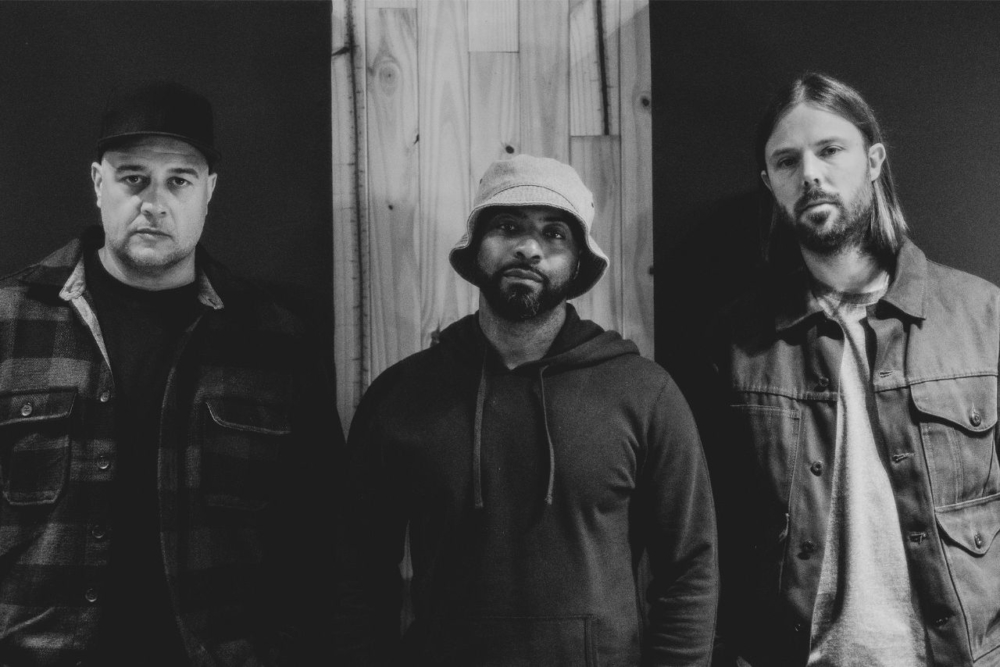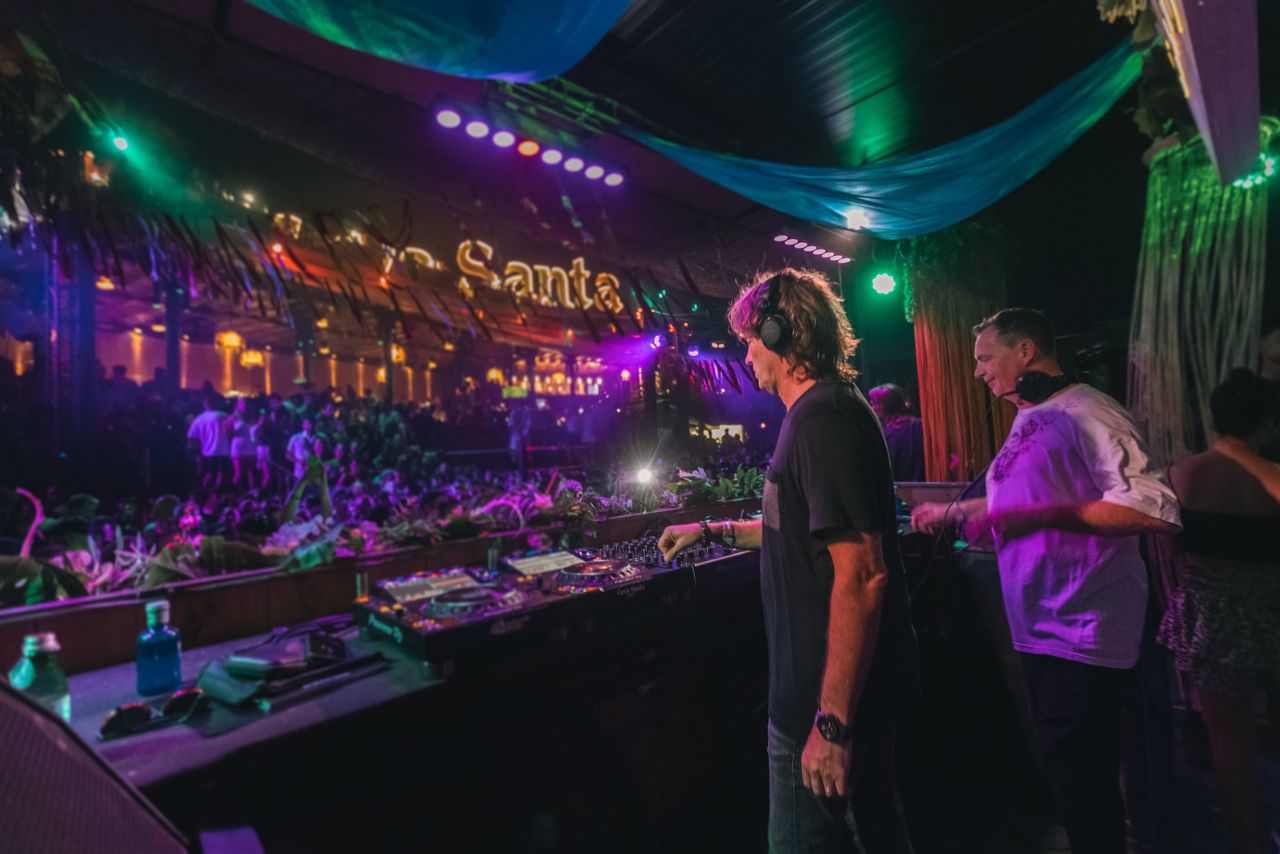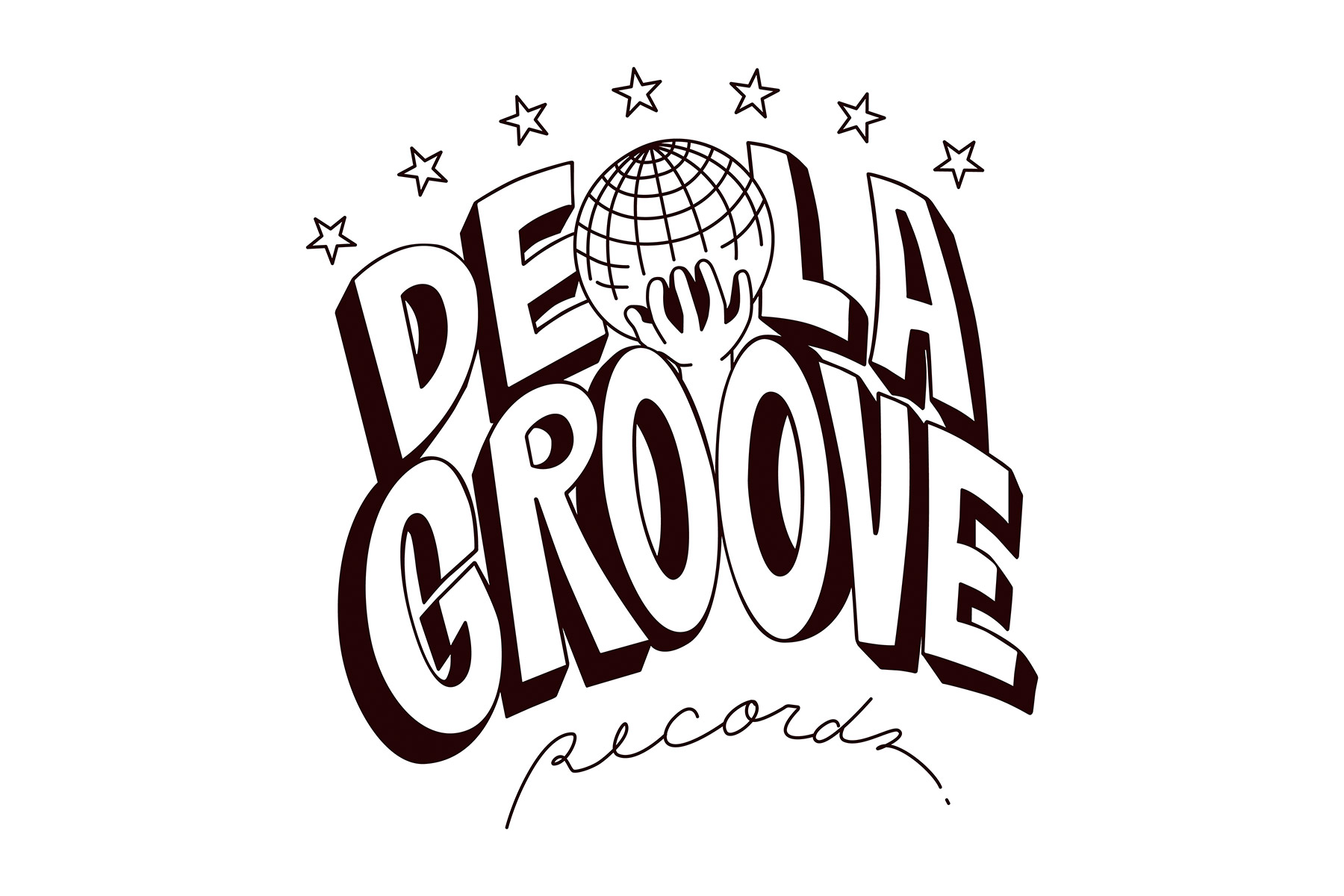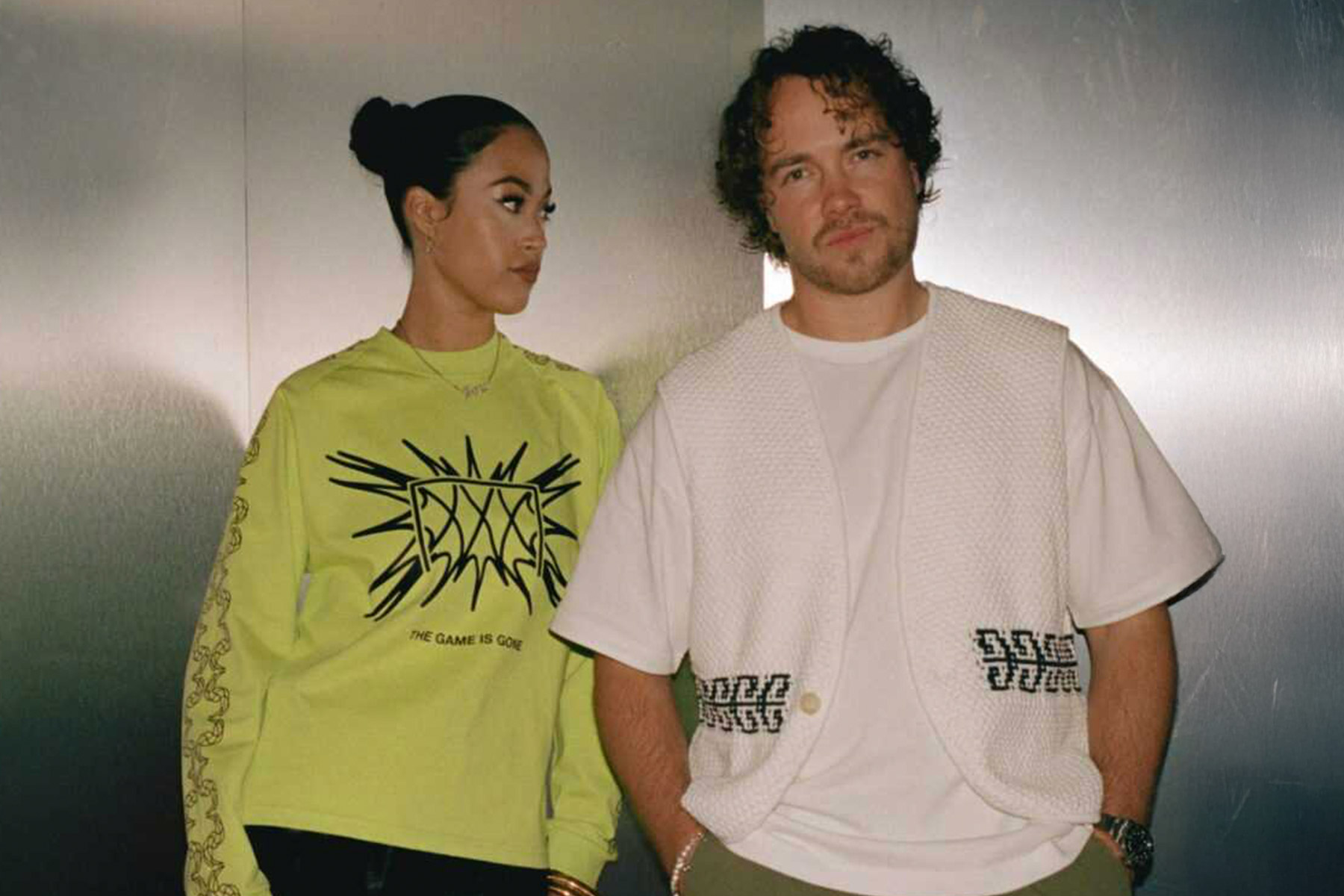Since forming a decade ago in their native Toronto, Keys N Krates have carved their own path via a bass-centric, sample-driven sound, melding the realms of electronic, hip-hop, and beyond. The group — composed of drummer Adam Tune, keyboardist David Matisse, and turntablist Jr. Flo — has built a venerable reputation as one of the leading live electronic acts today on the strength of their onstage instrumentation and energetic sets.
To celebrate the release of their new single ‘Say You Love Me’, Keys N Krates invite EG into the studio for 5 basic production tips.
1. Block out the noise
We like to work during the day, but one of the issues is the constant distractions. Phone notifications, calls, errands, texts, Instagram, etc. One small tweak we’ve done is to set a timer for 2 hours. Turn all notifications off, don’t answer the phone, and don’t check emails/ text messages. For the next 2 hours, purely focus on music creation. After the 2 hours is over, bounce out a version of what you did and take a break. Answer emails, make your calls, etc. After 30/40 minutes do another 2-hour session.
2. Less is more
One thing we struggled with at the beginning of our career was using too much of everything. If a kick drum wasn’t sounding right in the mix, we would add another, Not enough bass? Add another layer. Still not sounding right? Add more plugins.
After doing this for a while, we eventually came to the realization that the less generally sounds better, creates more room in the mix, and feels bigger. In the creation process try adding a bunch of ideas, and then try doing an audit of how few things you can use to still get your message across. The parts should be able to stand on their own. Those ideas can still be used in the sequence later on.
This also applies to plugins. Every time you use a plugin, you lose a little bit of something. It could be creating phase issues or degrading the audio fidelity, etc. Before you reach for the plugin, ask yourself…Is there a better raw sound to use? Maybe find a kick sample that doesn’t require more eq and compression and multiband, etc. Find one that already sounds great.
Sure, you may need to tweak it a bit, but if your kick chain is 8 plugins deep, maybe it’s not the right kick. Similarly, we find less is more with plugins also. Try and only use a few bands of eq when eq’ing a vocal or guitar. The fewer moves you have to make, the better it will sound (providing the moves are good! ) Try eq’ing your vocal track with 3 bands only. Make it sound good with that limitation.
3. Actively listen to other music that inspires you
Maybe it’s the whole mood of the song, maybe it’s just the groove, maybe it’s the bassline, maybe it’s aesthetic choices or chord changes. There’s so much inspiration and learning that can happen, just by listening to other people’s music. You might be listening to stuff right within your specific genre or subgenre, or you might be going way outside of it to grab ideas that haven’t been explored in your genre or that feel just out of the box. It’s all super productive. Listen! We do this a lot, and we still feel like we don’t do it enough.
4. Monitor at a moderate to quiet volume
Greg in our band was notorious for years for blasting the monitors at ear-piercing levels, cause “he wanted to feel it.” He’s really turned a corner, swearing by monitoring at very conservative volumes. The rest of the band is happy and couldn’t agree more. There are a couple of reasons for this.
First off, blasting stuff at really high volumes exhausts your ears quickly; and after a while, you’re not really hearing things with the utmost accuracy. You don’t want to hit play on that idea from yesterday and have it sound nothing like the fire that you remember. A point closely related to this is that everything sounds great when it’s played really loud. So if you want to make sure your ideas are translating, make sure they sound good when not blared at 11. Say this with us: “A good piece of music (song idea, beat, loop) will sound exciting when played quietly, or really loud.”
5. Sample yourself
One thing we do sometimes is play a part into our DAW, and then throw it in a sampler and chop it up. Playing it again in a sampler creates a new way of looking at the part you’ve played. You can change the rhythm, or the order of the part and experiment.
Keys N Krates’ new single ‘Say You Love Me’ is out now via Last Gang Records. Stream and buy here.
Follow Keys N Krates: Spotify | Instagram | SoundCloud | Facebook








